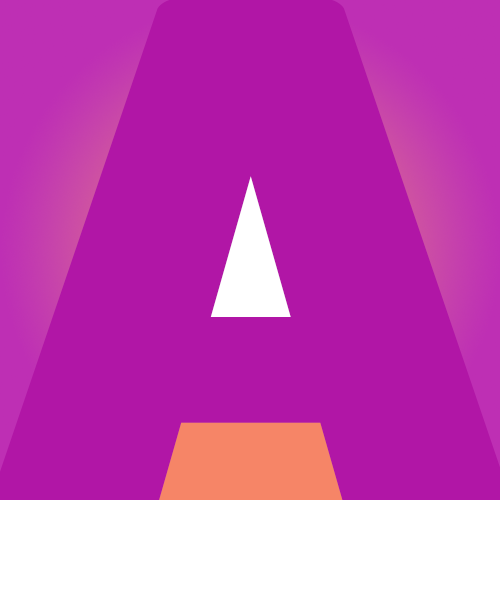The 11th Street Bridge Park is a landscape and urban design project that transforms a former freeway bridge into a park that connects historically divided neighborhoods in Washington, DC. With equitable development strategies and community-led planning, the park will feature community-driven programming such as outdoor performance spaces, playgrounds, and urban agriculture.
Architecture. Urban Planning. Landscape and Transportation Design. Building Equity and Creative Resistance.
Designers, architects, planners and engineers shape the physical world. In doing so you also shape how we live together. How will your practice dismantle injustice, reclaim public spaces and build communities rooted in equity and care?
The Lucerne Railway Station and Ferry Terminal is a transit hub that welcomes visitors with beauty and purpose. The station integrates rail, bus, ferry and pedestrian access into a single, navigable space. Its elegant design and lakeside setting invite connection — linking people, places and possibilities across modes and communities.
Designed by Elemental under Alejandro Aravena, the Quinta Monroy social housing project in Iquique, CL reimagines affordability with dignity. Built in the urban core, it offers expandable homes that allow residents to customize over time—preserving community ties while advancing equity through adaptable design.




